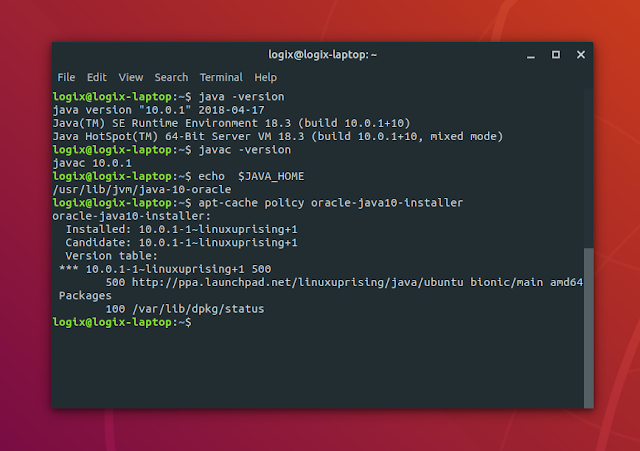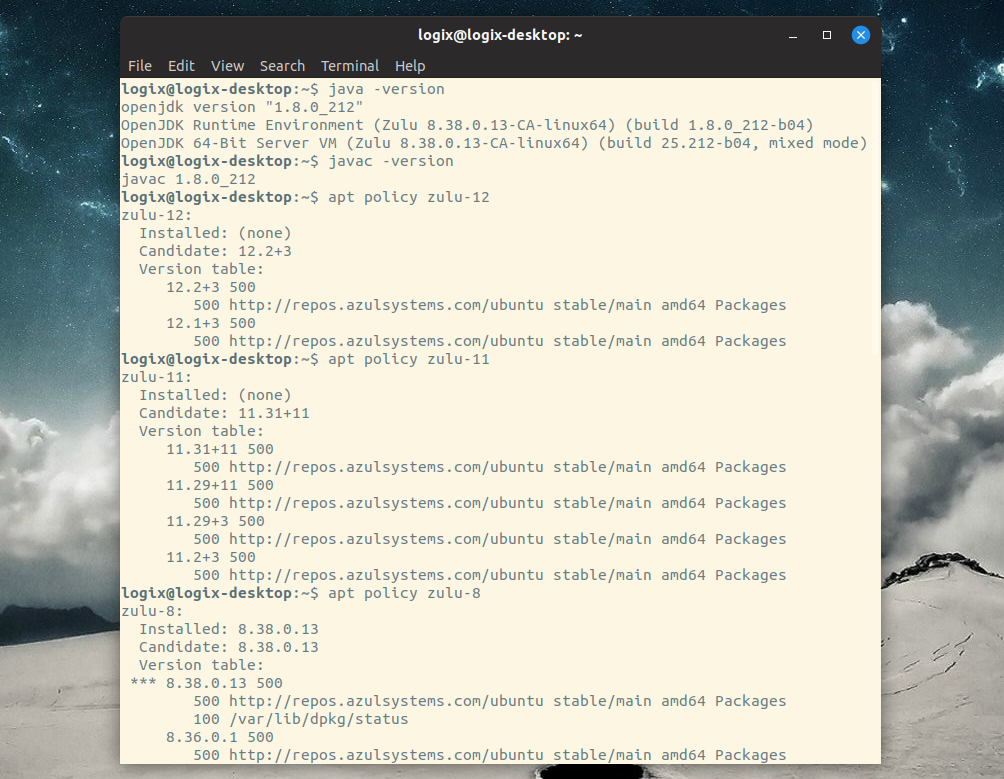

- INSTALL OPENJDK 11 ON AMAZON LINUX HOW TO
- INSTALL OPENJDK 11 ON AMAZON LINUX MANUAL
This tutorial covered how to set and unset environment variables for all Linux distributions, from Debian to Red Hat.
Save your changes and exit the text editor. Add new lines to export the environment variablesĮxport NO_PROXY=localhost,::1. Open the default profile into a text editor. For demonstrations, we will create a permanent environment variable for HTTP_PROXY. The name of the should be contextual so others may understand its purpose. Create a new file under /etc/profile.d to store the global environment variable(s). And while this file can be edited directory, it is actually recommended to store global environment variables in a directory named /etc/profile.d, where you will find a list of files that are used to set environment variables for the entire system. This profile is loaded by all users on the system, including service accounts.Īll global profile settings are stored under /etc/profile. export -p Setting Permanent Global Environment Variables for All UsersĪ permanent environment variable that persists after a reboot can be created by adding it to the default profile. To view all exported variables in the current shell you use the -p flag with export. SSH_AUTH_SOCK=/private/tmp/.1pB5Pry8Id/Listeners We can view a complete list of exported environment variables by running the export command without any arguments. To export a environment variable you run the export command while setting the variable. source ~/.bash_profile Export Environment VariableĮxport is a built-in shell command for Bash that is used to export an environment variable to allow new child processes to inherit it. To immediately apply all changes to bash_profile, use the source command. However, the variable will be exported the next time the user logs in. Add the export command for every environment variable you want to persist.Īdding the environment variable to a user’s bash profile alone will not export it automatically. Open the current user’s profile into a text editor. To make an environment persistent for a user’s environment, we export the variable from the user’s profile script. This is problematic when we need the variable to persist across sessions. When an environment variable is set from the shell using the export command, its existence ends when the user’s sessions ends. LINES=54 Persisting Environment Variables for a User BASH=/bin/bashīASHOPTS=checkwinsize:cmdhist:complete_fullquote:expand_aliases:extglob:extquote:force_fignore:globasciiranges:histappend:interactive_comments:login_shell:progcomp:promptvars:sourcepathīASH_COMPLETION_VERSINFO=(="2" ="8")īASH_VERSINFO=(="5" ="0" ="3" ="1" ="release" ="x86_64-pc-linux-gnu") setĪn example of the output would look something similar to the following, which has been truncated for brevity. To list all environment variables, we simply use the set command without any arguments. unset JAVA_HOME Listing All Set Environment Variables To following syntax is used to unset an environment variable unset VARIABLE_NAMEįor example, to unset the JAVA_HOME environment variable, we would use the following command. Simply replace the environment variable with an empty string will not remove it, and in most cases will likely cause problems with scripts or application expecting a valid value. 
To unset an environment variable, which removes its existence all together, we use the unset command. If no value is set then an empty line will be displayed instead. echo $JAVA_HOMEĪnd so long as the variable has a value it will be echoed out.

To output the value of the environment variable from the shell, we use the echo command and prepend the variable’s name with a dollar ($) sign.
INSTALL OPENJDK 11 ON AMAZON LINUX MANUAL
export NAME=VALUEįor example, to set the environment variable for the home directory of a manual OpenJDK 11 installation, we would use something similar to the following. We give the variable a name, which is what is used to access it in shell scripts and configurations and then a value to hold whatever data is needed in the variable. To set an environment variable the export command is used. They are also used to set the important directory locations for many popular packages, such as JAVA_HOME for Java. It is not uncommon for environment specific information, such as endpoints and passwords, for example, to be stored as environment variables on a server. It is also a common means of configuring services and handling web application secrets. You will also learn how to list all environment variables and how to unset (clear) existing environment variables.Įnvironment variables are commonly used within the Bash shell.

In this tutorial, you will learn how to set environment variables in Ubuntu, CentOS, Red Hat, basically any Linux distribution for a single user and globally for all users.








 0 kommentar(er)
0 kommentar(er)
